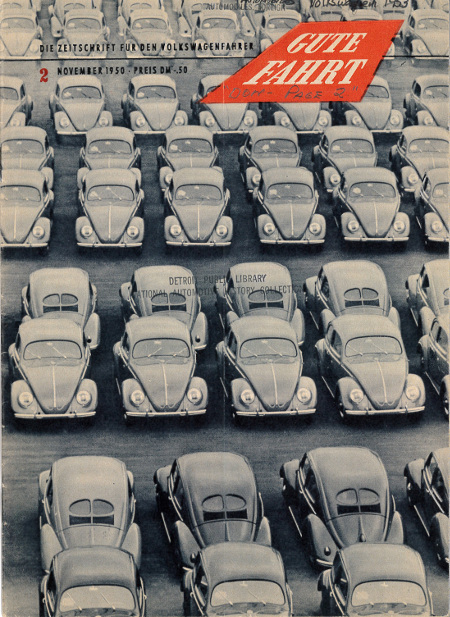By Robert Tate, Automotive Historian and Researcher
Images courtesy of the National Automotive History Collection/The Oldmotor.com
Posted: 12.03.2017
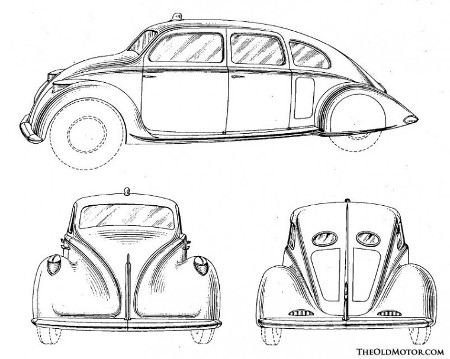 Brigg's 'Dream Car' orignal sketch
Brigg's 'Dream Car' orignal sketch
When you look back through the catalogue of automotive history, sometimes a new concept is introduced that changes the way designers and consumers look at automotive engineering and styling.
The Briggs automobile rear-engine concept design was one of those impactful moments and it was certainly different than anything that had been seen before. Well known automotive stylist John Tjaarda (1897-1962) designed the model that offered an engine in the rear and was thoroughly enjoyed from the beginning. Tjaarda also left his mark while working in Detroit from the 1930s through the 1950s.
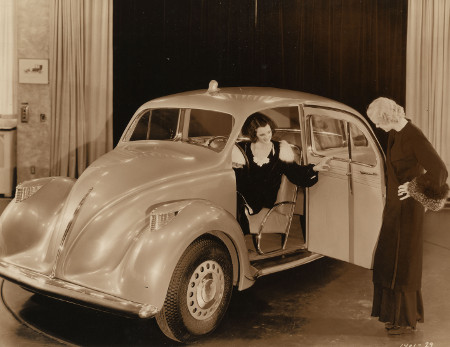 An original photo of Briggs' Dream Car concept design.
An original photo of Briggs' Dream Car concept design.
Tjaarda was born in the Netherlands and even from an early age, he displayed a noticeable acumen for engineering and creativity. With his rear-engine concept and others, Tjaarda was considered ahead of his time. Tjaarda went to an aeronautical engineering school in London, and after graduation he earned one of the early British flying tickets. He taught flying in London from 1914 to 1917 and then served as a pilot with the Royal Dutch Air Force from 1917 to 1920. After serving with the KLM Airline for three years, Tjaarda came to the United States and went to work as an automotive engineer. During the 1930s the term “streamlining” was establishing itself in the industry lexicon. The term was becoming popular with a number of automotive designers and in varying company design studios.
Some automotive enthusiasts have referred to Tjaarda as a visionary extraordinaire or an automotive genius. The concept model that he had designed represented pleasingly rounded contours with the headlamps that were styled into the fenders. The body was wider and lower than usual and the running boards were removed. The interior design featured a horizontal speedometer designed with a red line to indicate speed. The streamlining design provided room to accommodate three passengers in the rear and three passengers in the front for that comfortable ride on the highways.
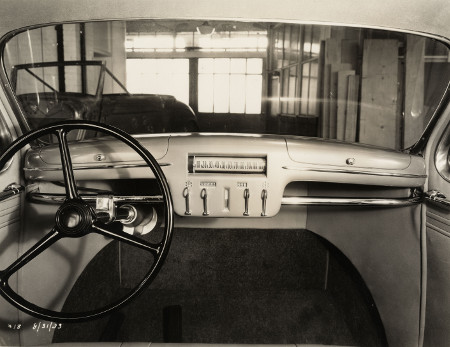 Briggs' Dream Car interior design.
Briggs' Dream Car interior design.
The design concept model was also on display at the Chicago Century of Progress Exhibition (1933-1934) where it had been said that a million people at that time had the opportunity to comment upon this novel and great design concept. When Briggs introduced the mid-engine concept model at the 1934 Century of Progress in Chicago, they discovered that most people did not like the idea of placing the engine behind the rear seat and the sloping nose front-end design looked too much like the front end of the 1934 Chrysler Airflow which did not do well in the consumer market.
The model represented a clean body design like many characteristics of Tjaarda’s designs from the 1930s. The model also offered a complete power train that was quickly removable including a cooling system and an automatic transmission. Briggs called the model “Briggs Dream Car.”
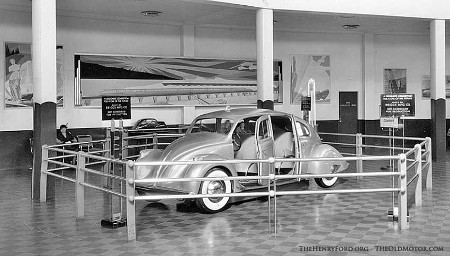 Brigg's 'Dream Car' concept on display.
Brigg's 'Dream Car' concept on display.
Tjaarda’s rear-engine concept was also based on aerodynamic monologue designs he began working on in 1926, called the Sterkenberg Series, which he had refined in 1930 while working for the late Harley Earl. In the beginning, Tjaarda had built a fully detailed full-scale model of the rear-engine concept car before constructing the running 1934 Briggs prototype.
On an historical note, John Tjaarda's, great looking design concept bore an uncanny resemblance to the 1932 rear-engine small car developed in Germany by the late Dr, Ferdinand Porsche for the NSU Company called the Type 32, or Kleinauto. In 1933 this model was already on its way to becoming the Volkswagen Beetle which has built a large fan base over the years.
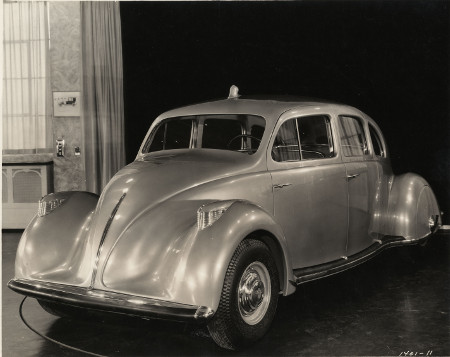 Dream Car design circa 1933-1934.
Dream Car design circa 1933-1934.
Throughout the 1930s, Chrysler, General Motors and Ford were all secretly building and testing mid-and rear-engine automobiles, however, most of the engineering concerns unfortunately were not addressed until many years later. When the popular Volkswagen introduced to the public, many Americans thoroughly enjoyed the automobile styling and the rear engine design.
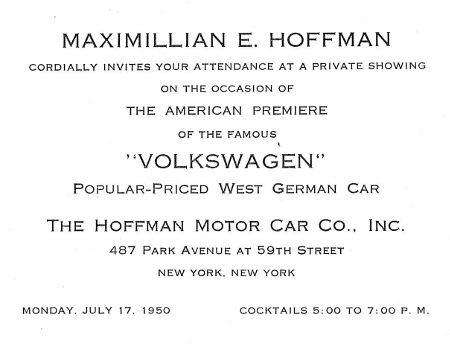
On Monday July 17, 1953, West Germany officially entered the American low-priced automobile field with the introduction of their Volkswagen. The Volkswagen was not a standard car built down but rather precision made and designed from bumper to bumper. Its airplane type rear engine gave 34 miles to the gallon and consumers enjoyed them.
In conclusion, the late John Tjaarda’s is no longer with us however; his automotive rear-engine designs will always be a part of our automotive history and heritage.
